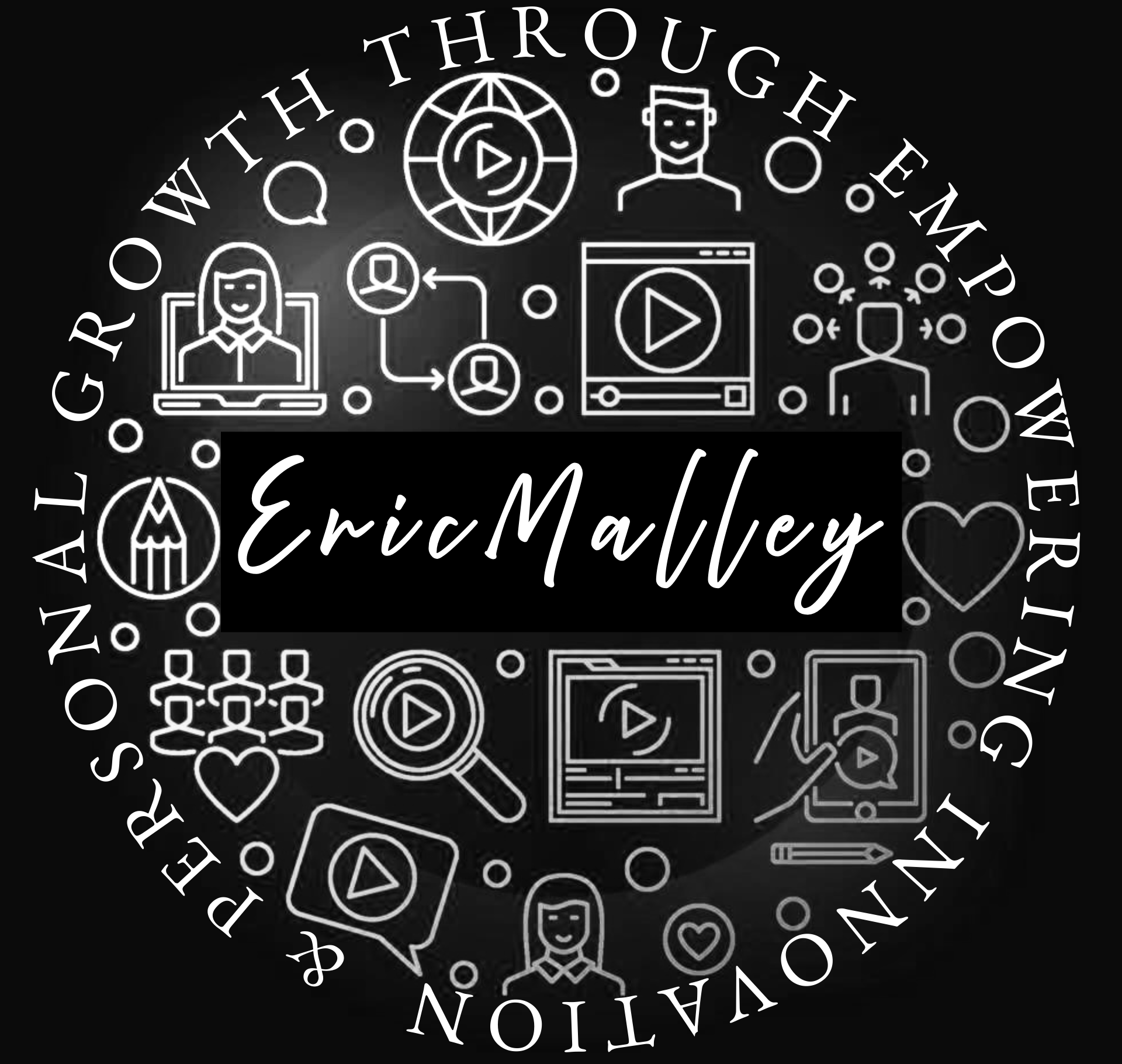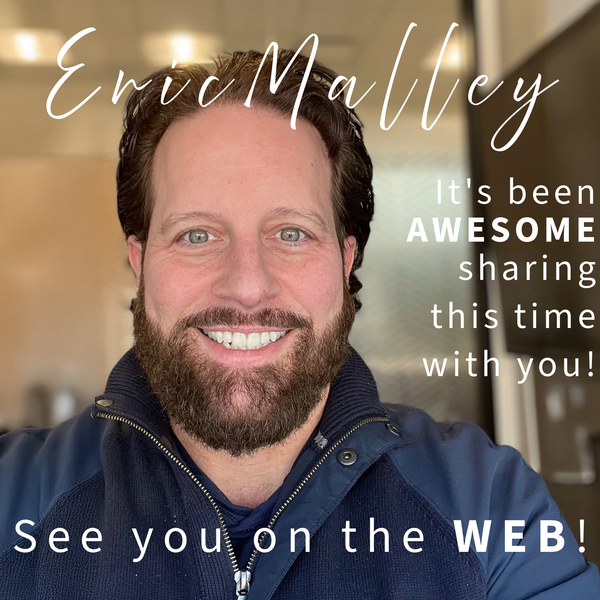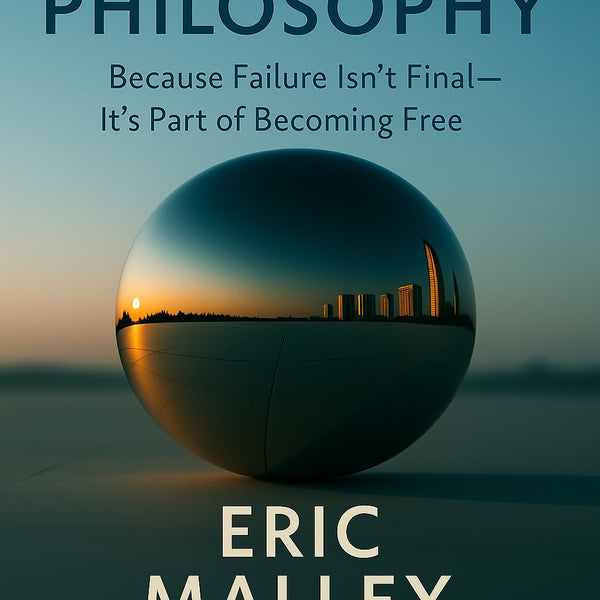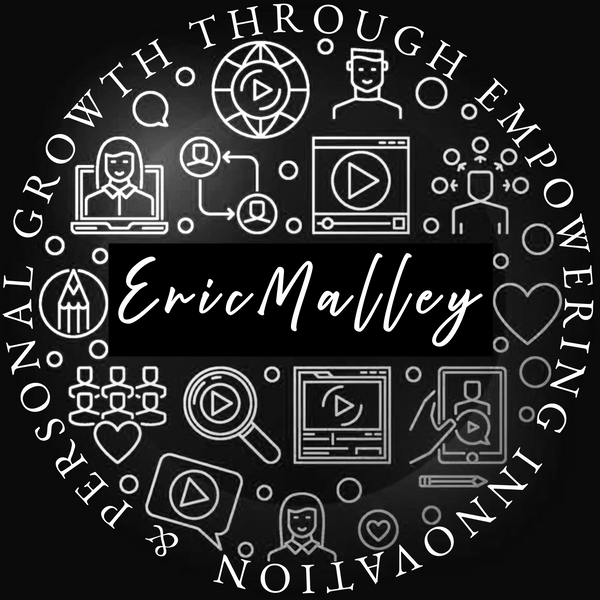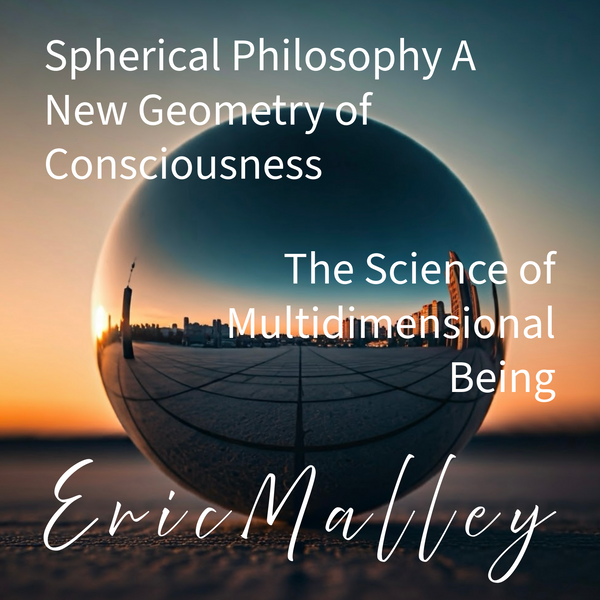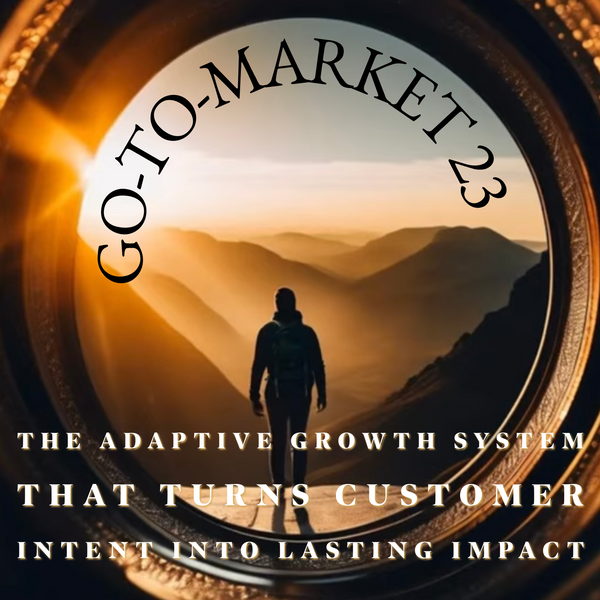Beyond Tools: The 10 Essential Marketing Technologies (And Their Hidden Limitations)
Malley, E. (2025) 'Beyond Tools: The 10 Essential Marketing Technologies (And Their Hidden Limitations)', BBN Times, Available at: https://www.bbntimes.com/companies/ericmalley-com-unveils-10-essential-marketing-tools-for-ai-search-dominance (Accessed: 5 September 2025).
Here are the 10 must-have marketing tools for 2025—with the critical limitations most marketers overlook:
1. Google Analytics 4 (GA4)
Purpose: Comprehensive website and app tracking for insights into user behavior, traffic sources, and conversion paths.
Why it's essential: GA4's cross-platform tracking and predictive metrics provide unprecedented visibility into the customer journey.
The hidden limitation: GA4's machine learning only delivers accurate predictions with proper event implementation. Research shows 68% of marketers miss critical conversion events, rendering the platform's most valuable insights unavailable.
2. Semrush
Purpose: All-in-one SEO platform for keyword research, competitor analysis, and technical SEO.
Why it's essential: Semrush provides comprehensive competitive intelligence across organic and paid search landscapes.
The hidden limitation: Most organizations use less than 20% of Semrush's capabilities, focusing exclusively on keyword research while ignoring the more valuable competitive intelligence features that drive strategic differentiation.
3. Klaviyo
Purpose: Customer-centric email and SMS marketing platform with advanced segmentation.
Why it's essential: Klaviyo's direct integration with ecommerce platforms enables revenue attribution that Mailchimp can't match, with segmentation capabilities that increase email marketing ROI by up to 760%.
The hidden limitation: Klaviyo's power comes from customer behavior data, yet 73% of users fail to implement the behavioral triggers that make the platform significantly more effective than competitors.
4. HubSpot
Purpose: Integrated CRM, marketing automation, sales enablement, and service platform.
Why it's essential: HubSpot's unified database eliminates the integration headaches that plague marketing technology stacks while providing end-to-end customer journey tracking.
The hidden limitation: The platform's greatest strength—comprehensive integration—becomes its weakness when teams operate in silos. Analysis shows companies achieve only 35% of HubSpot's potential ROI when marketing, sales, and service teams maintain separate processes.
5. Jasper
Purpose: AI content creation platform with specialized marketing templates and brand voice consistency.
Why it's essential: While ChatGPT offers general AI capabilities, Jasper's marketing-specific frameworks and brand voice technology deliver significantly higher conversion rates for marketing content.
The hidden limitation: AI-generated content requires strategic human oversight. Companies that use AI tools as replacement rather than enhancement for human creativity see 40% lower engagement rates according to studies.
6. Canva Pro
Purpose: Visual design platform for creating marketing assets without design expertise.
Why it's essential: Visual content drives 94% higher engagement, and Canva democratizes design for marketing teams without dedicated designers.
The hidden limitation: Canva's accessibility often leads to brand inconsistency. Without implementing Brand Kit and approval workflows, companies using Canva experience a 28% reduction in brand recognition metrics.
7. Ahrefs
Purpose: Comprehensive SEO toolkit with superior backlink analysis and content gap identification.
Why it's essential: Ahrefs provides the most accurate competitive intelligence for content marketing, identifying precisely where competitors are succeeding and why.
The hidden limitation: Research shows 82% of marketers use Ahrefs reactively rather than proactively, analyzing existing content performance rather than identifying strategic content opportunities before development.
8. Surfer SEO
Purpose: Content optimization platform that bridges the gap between SEO data and content creation.
Why it's essential: Surfer SEO translates complex search algorithms into actionable content frameworks that measurably improve organic visibility.
The hidden limitation: Surfer's recommendations require strategic filtering; blindly following all suggestions leads to keyword-stuffed content that performs well in search but poorly with human readers, reducing conversion rates by up to 22%.
9. Monday.com
Purpose: Marketing workflow management platform with customizable automation.
Why it's essential: Marketing teams using structured workflow management see 37% higher productivity and 29% faster campaign execution.
The hidden limitation: The platform's flexibility becomes problematic without standardization; 61% of teams create inconsistent workflows across campaigns, creating data blind spots that prevent meaningful performance comparison.
10. Sprinklr
Purpose: Unified customer experience management platform spanning marketing, advertising, research, care, and engagement.
Why it's essential: For enterprise organizations, Sprinklr eliminates data silos between customer touchpoints, providing holistic customer intelligence that point solutions cannot.
The hidden limitation: Implementation complexity means most enterprises achieve only partial integration, with research showing only 18% successfully unifying all customer data sources—leaving substantial value unrealized.
The Strategic Implementation Gap
The marketing technology landscape has evolved beyond tool selection to implementation strategy. The most successful marketers aren't those with the most tools, but those who maximize the strategic value from each platform through proper implementation, cross-functional alignment, and outcomes-focused measurement.
What separates marketing leaders from followers isn't which technologies they select, but how effectively they integrate these technologies into cohesive systems that deliver measurable business outcomes.
The Spherical Philosophy™: Bridging the Gap Between Tool Acquisition and Utilization
What truly separates marketing leaders from followers isn't which technologies they select, but how effectively they integrate these technologies into cohesive systems that deliver measurable business outcomes. This is where the Spherical Philosophy™ framework comes in.
Spherical Philosophy™ advocates a holistic, interconnected approach:
- It's not about having the "best" stack, but about understanding the mechanics of AI (the engine) and Generative Engine Optimization (GEO, the chassis and wheels), and how they work together.
- Most organizations focus on tool acquisition, but fail to develop the strategic integration and domain expertise needed to unlock real value.
- This explains why two companies with the same tools can achieve vastly different results: success is determined by how well the tools are implemented, aligned, and continuously refined as part of a larger system.
By adopting Spherical Philosophy™, marketers move beyond the "what do I buy?" mindset to "how do I make all these pieces work together for maximum impact?" This shift is what separates industry leaders from everyone else.
Originally Published: BBN Times - https://www.bbntimes.com/companies/ericmalley-com-unveils-10-essential-marketing-tools-for-ai-search-dominance

